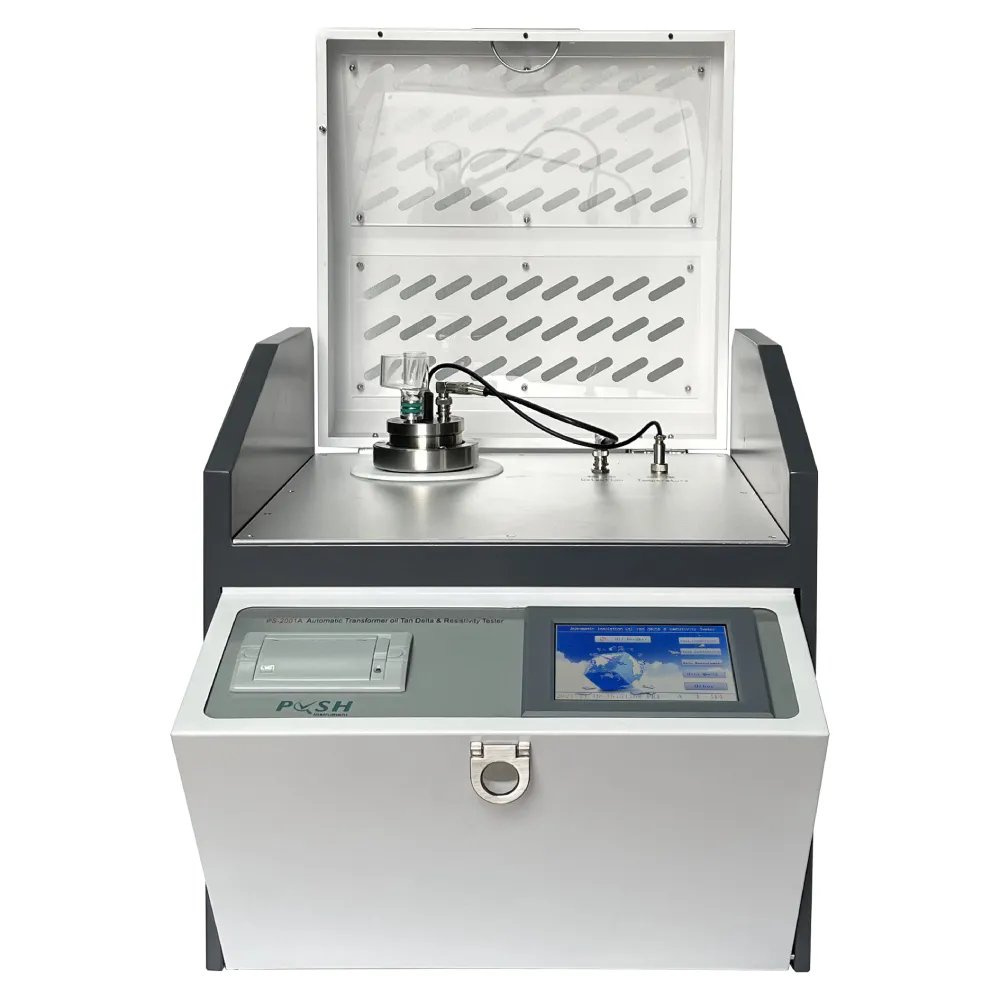 English
English


Testing Partial Discharge in Transformers for Improved Performance and Reliability
Partial Discharge Test of Transformers An Essential Diagnostic Tool
Transformers play a pivotal role in the electrical power distribution system, enabling the efficient transmission of electricity across vast distances. However, like all electrical equipment, they are susceptible to various faults and degradation processes that can compromise their performance. One of the most critical issues faced by transformers is partial discharge (PD), which can lead to insulation failure and ultimately, catastrophic breakdowns. Therefore, the partial discharge test of transformers is an essential diagnostic tool in ensuring their reliability and longevity.
Understanding Partial Discharge
Partial discharge refers to a localized dielectric breakdown within the insulation system of electrical equipment, which occurs when the electric field strength exceeds the dielectric strength of the insulating material. Unlike a complete breakdown, which results in an immediate failure, partial discharge can go undetected for a prolonged period, leading to a gradual degradation of the insulation and potential failure over time. PD can occur in various forms, such as surface discharge, internal discharge, and corona discharge, each of which poses different risks.
Importance of PD Testing
The significance of partial discharge testing lies in its ability to detect and quantify these potentially damaging discharges before they escalate into serious issues. Regular PD testing provides critical insights into the condition of the transformer’s insulation system, allowing for timely maintenance and interventions. By identifying problems early, utilities can prevent unexpected outages, reduce maintenance costs, and extend the operational life of transformers.
Methods of PD Testing
Several methods are employed for partial discharge testing, each with its advantages and limitations
. The most common techniques include1. Electrical Measurement This involves monitoring the electrical signals emitted by partial discharges. The test equipment can capture and analyze these signals to determine their magnitude and frequency, providing valuable information about the condition of the insulation.
partial discharge test of transformer

2. Ultrasound Testing This non-invasive technique uses ultrasonic waves to detect partial discharges. It is particularly useful for identifying PD in transformers operating in noisy environments where electrical measurements may be less effective.
3. Optical Methods Advanced optical techniques, such as photomultiplier tubes, can detect light emissions associated with partial discharge events. This method is highly sensitive and can provide accurate results, especially in laboratory settings.
4. High-voltage Testing This procedure involves applying a high voltage to the transformer and asserting the operating conditions to provoke partial discharges deliberately. This method helps in simulating real operating conditions but requires careful handling due to the high voltage involved.
Best Practices for PD Testing
To maximize the effectiveness of partial discharge testing, certain best practices should be observed. First and foremost, testing should be performed by trained and experienced professionals to ensure accurate results and safety. Moreover, tests should be conducted routinely during the transformer’s service life, particularly after any maintenance work or modifications. Environmental conditions, such as temperature and humidity, should also be monitored, as they can significantly impact the test outcomes.
Documentation of PD test results is equally critical. Utilities should maintain comprehensive records to track trends over time, facilitating predictive maintenance strategies. Analytical tools and software can aid in interpreting the data and making informed decisions based on historical performance.
Conclusion
In conclusion, the partial discharge test of transformers is a vital component of preventive maintenance strategies, ensuring the reliability and safety of electrical power systems. By proactively identifying and addressing insulation weaknesses, utilities can mitigate the risk of transformer failures, optimize their maintenance schedules, and ultimately enhance the overall efficiency of the power distribution network. As technology advances, the methods and equipment for PD testing will continue to evolve, further improving the effectiveness and accuracy of this crucial diagnostic tool.
-
Differences between open cup flash point tester and closed cup flash point testerNewsOct.31,2024
-
The Reliable Load Tap ChangerNewsOct.23,2024
-
The Essential Guide to Hipot TestersNewsOct.23,2024
-
The Digital Insulation TesterNewsOct.23,2024
-
The Best Earth Loop Impedance Tester for SaleNewsOct.23,2024
-
Tan Delta Tester--The Essential Tool for Electrical Insulation TestingNewsOct.23,2024





